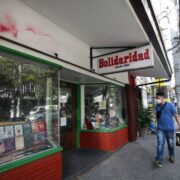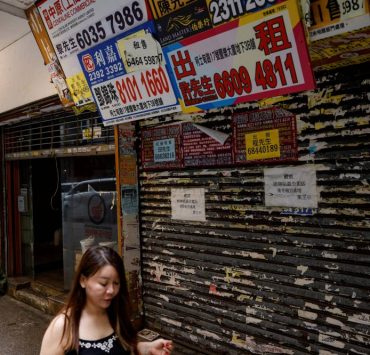Bolero is serious about making comfort food special
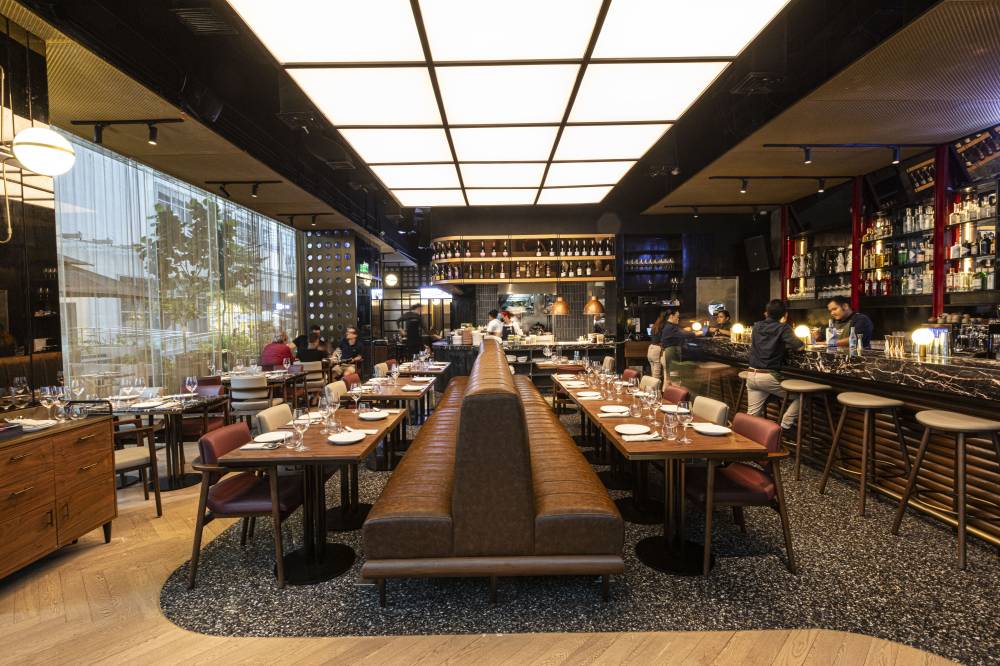
The experience at Bolero, a proponent of modernist cooking, was no typical Spanish-themed one. Instead, you get culinary foam, charcoal gastronomy and innovative mocktails. Classic fries were layers of finely sliced potatoes slow-cooked using a confit technique.
“We don’t serve touristy Spanish food—paella, croquetas, tortilla de patatas. Bolero is like a restaurant in Madrid or Barcelona. We democratize by using high-end cuisine techniques with street food,” said Spanish executive chef Fernando Alcala III. Located at the Verve 2 Tower at the trendy High Street South cluster in BGC, Bolero is the go-to place if you want something special, claimed the chef.

In place of bread rolls and butter, bite-sized parmesan cookies, redolent of cheesy shortbread with olive oil, titillated our palettes. The amuse-bouche was washed down with an aloe vera mocktail for me. Meanwhile, my lunch companion drank white wine served half full on the glass—the norm abroad but not necessarily followed in the Philippines
The gazpacho was a surprise. A savory foam of tomatoes, cured in salt and sugar and laced with chili and coriander, floated over fried capers, cucumber and crunchy bread.

Umami cabbage
Instead of a mixed salad, the umami cabbage was sweetened by its juices. It sat on a bed of vegan Bolognese, made from miso and mushrooms, which were balanced with fermented pumpkin and herbs and a lime and ginger vinaigrette. The main course, homemade mafaldine, long pasta ribbons with crimped edges, was served like a puttanesca with three sauces—fresh tomato and basil for familiarity, salsa verde for the kick and a black olive tapenade for a mild taste. The cherry tomatoes were roasted with tamarind and honey for a sweet and sour flavor.
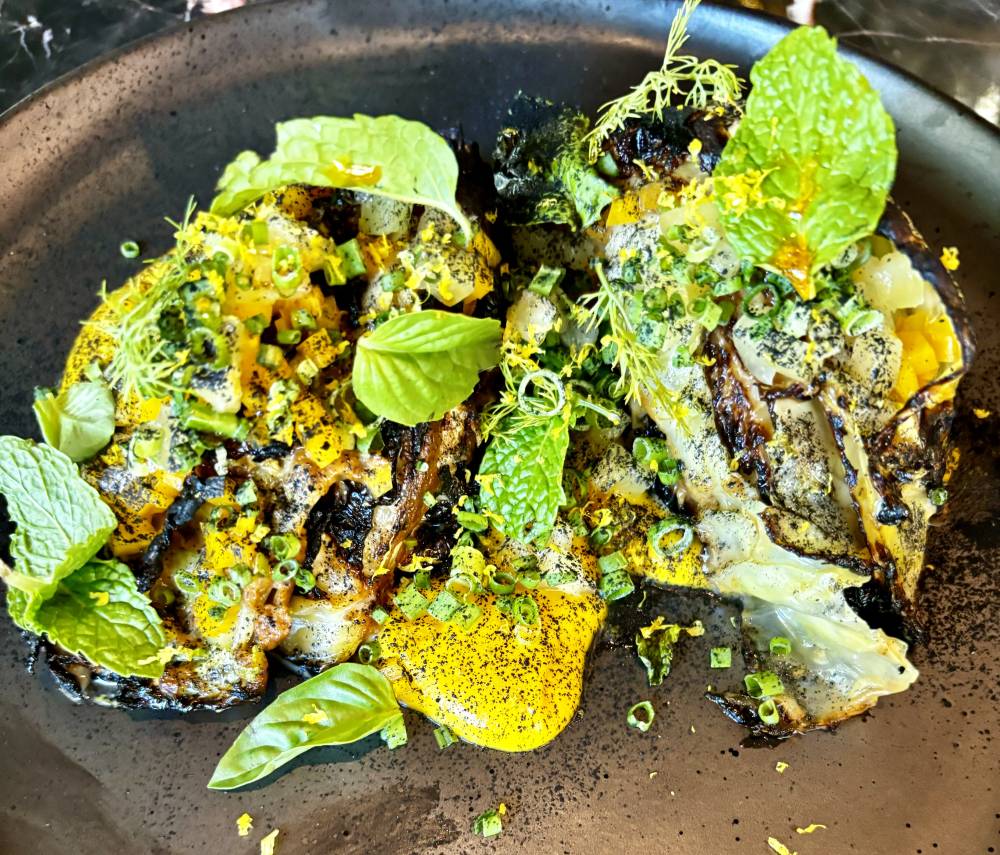
The meal climaxed with Alcala’s award-winning cheesecake. Unlike the dense New York-style cheesecake, his version was a cross between a caramelized flan and a soft custard. It was a harmony of cream cheese for texture, mascarpone for sweetness and Spanish blue cheese for a subtle tang.
“The final baking happens when it’s been removed from the oven. When you slice, it’s runny like a custard. You want it to melt in your mouth,” explained Alcala.
Served in an earthenware mug for that homey feeling, the coffee was mild and aromatic, far from the acrid taste from over-roasted beans in other establishments.
Our lunch companion brought home Bolero’s famous beef empanada, a recipe from Bolero’s Argentinean chef Ines Matera. Its filling is special—rib eye beef cooked in its own fat, smoked and flavored with a symphony of herbs.

“Our food is light and fresh. People won’t get sick after eating four plates because our cooking is low in fats, there’s lots of fermentation and we use fresh greens and veggies. The lasagna is baked in our Josper Grill, crispy and charred,” explained Alcala.
It’s inevitable that Bolero is associated with Spanish food. The partners are Spaniards—architect Felipe Diaz de Miranda, who has a firm in BGC; Luis de Isasa, an executive married to a Filipina; and Alcala, whose restaurant, Kava in Marbella, Spain, is featured in the Michelin Guide. He shuttles between Spain and the Philippines to take care of his restaurants. They are backed up by Filipino investors—media scion Joel Jimenez, entrepreneur Rajan Sadhwani and a silent partner.
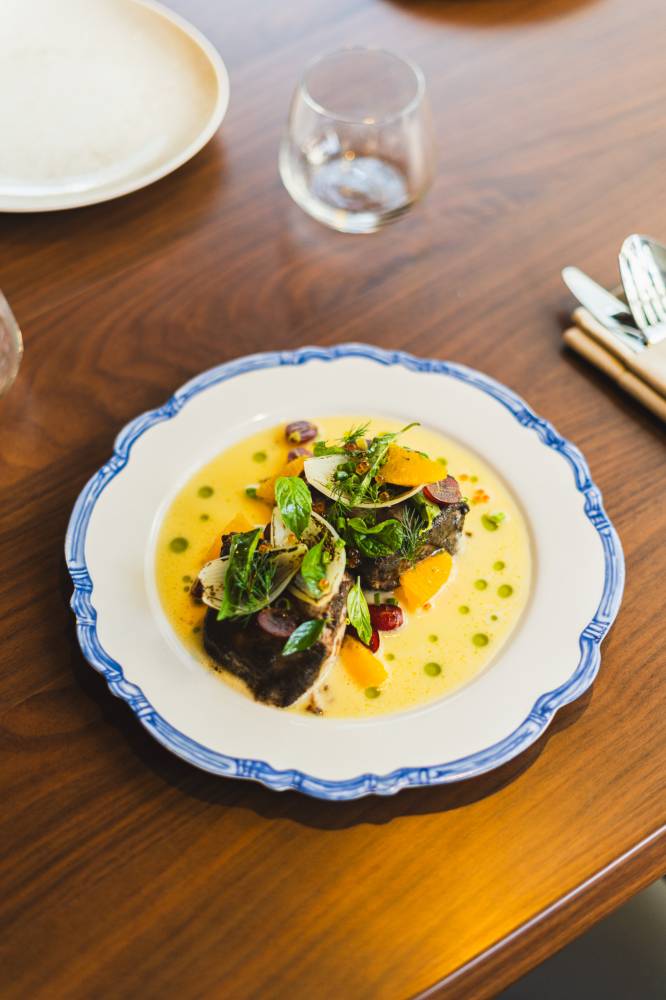
‘Sinigang’
Alcala became curious about the Philippines when he learned that his grandfather fought during the Spanish American war at the turn of the 20th century. Diaz de Miranda invited him to be a partner and to conceptualize a restaurant that was novel in the local scene.
In his research on the local scene, Alcala ate from the modest carinderia to the poshest restaurant. “My favorite is the sinigang with lots of tamarind,” he said. Observing that Filipinos have a penchant for the ihaw-ihaw, he created dishes with grilled and roasted ingredients, all the way from the pastas and rice to the dessert such as the lemon custard with basil cornita, charred lemon and white chocolate sauce.
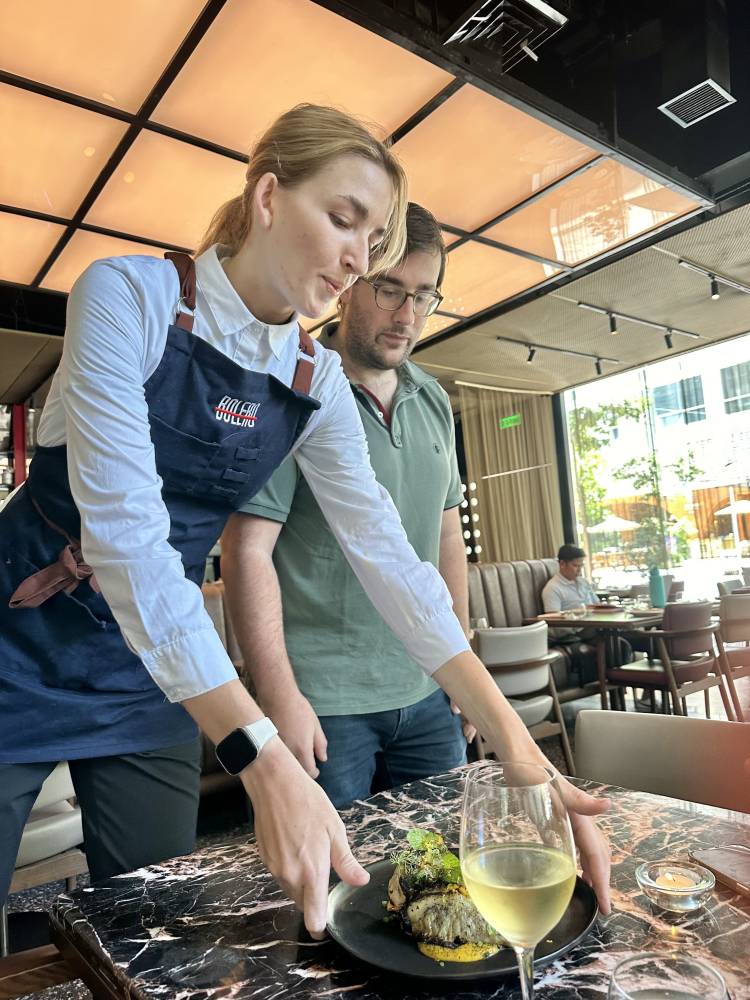
Despite the luxurious interiors—tulip black marble table tops, walnut tables, leather upholstery, wire mesh curtains, lit-up columns and frosted glass doors—Bolero does not intimidate. The focal point is a long back-to-back sofa with clusters of chairs and tables that invite you to sit and enjoy the views of the open kitchen and bar. Situated by the windows, islands of dining sets create privacy and intimacy. A grid drop ceiling that partially conceals the exposed beams dramatizes the space.
“Comfort in a controlled space,” explained Diaz de Miranda on his design. “Bolero may look fancy, but we want you to experience it as a European family-style restaurant. Service is personalized.”
Alcala defined his role as research and development consultant, while Matera is tasked to hold the fort. At this writing, he’s thinking of adding new items such as a giant trevally ceviche with fish fillet on top, Korean-style short rib with spicy cucumber salad and serving the gooey chocolate lava cake in a cookie tin.Diaz de Miranda added that having a chef as a business partner has an advantage.
“Fernando makes comfort food very special. When you put love into things, it shows,” said Diaz de Miranda. — INQ







